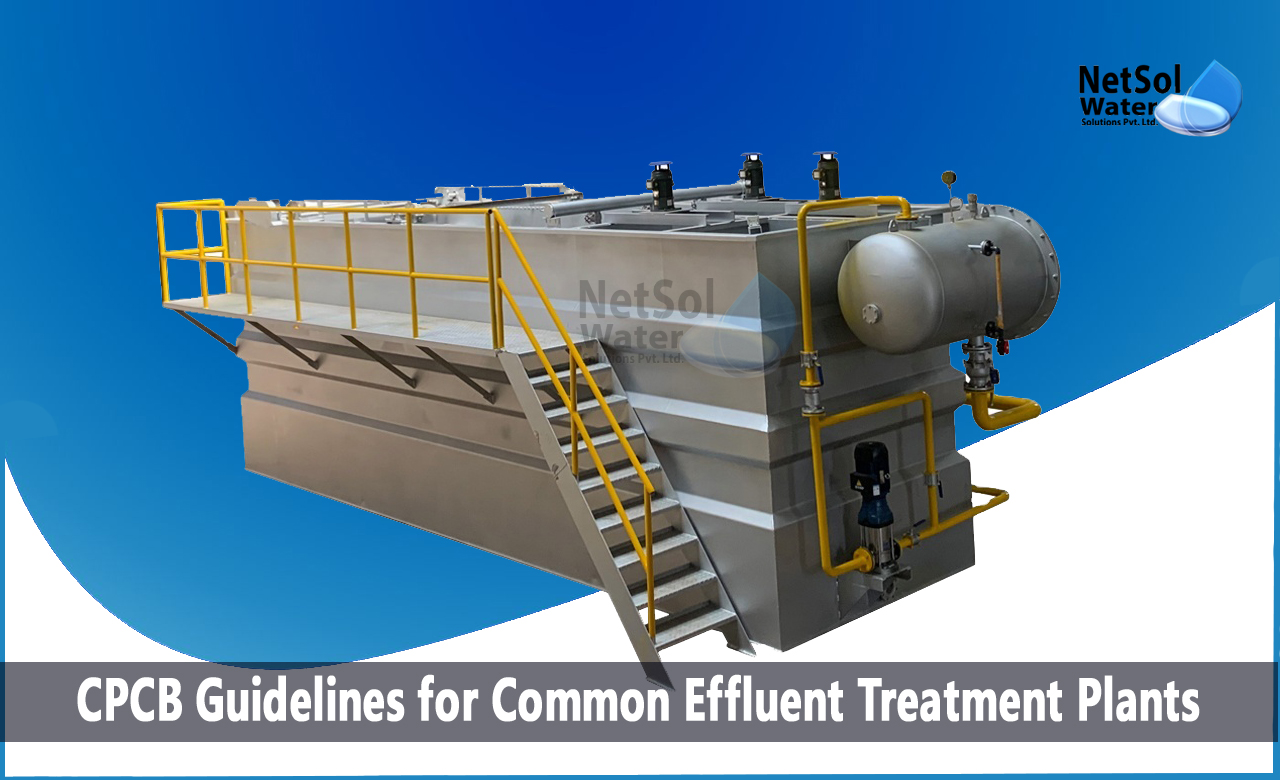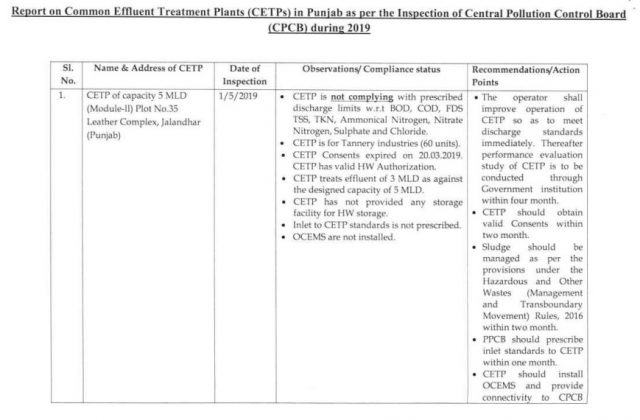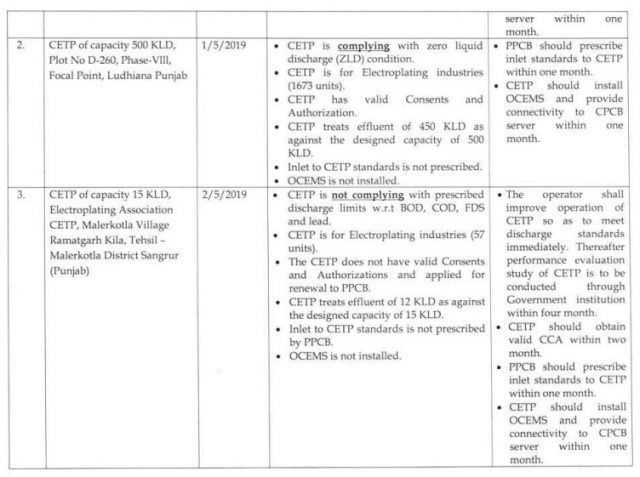In today’s world, managing wastewater efficiently is crucial for environmental protection and public health. Greater Noida, a rapidly developing city in Uttar Pradesh, demands advanced sewage treatment plants (STPs) to handle industrial waste, residential applications, and commercial wastewater. If you search for top sewage treatment plant manufacturers in Greater Noida, this guide highlights the best providers offering cost-effective, energy-efficient, and modular sewage treatment plants.
Why Choose Professional Sewage Treatment Plant Manufacturers?
Sewage treatment plays a crucial role in reducing water pollution and ensuring clean water for reuse. Reputed manufacturers like Netsol Water provide modern sewage treatment plants with biological treatments, membrane bioreactors, and aerobic treatment processes. These systems ensure consistent water quality, cost savings, and compliance with environmental regulations.
Key Benefits of Advanced Sewage Treatment Plants
- Reduced carbon footprint with energy-efficient designs
- Compact, space-efficient designs for urban and commercial establishments
- Wastewater recycling for sustainable water management
- Low maintenance costs with regular maintenance services
- Customized sewage treatment plant solutions for industrial, residential, and commercial applications
Top Sewage Treatment Plant Manufacturers in Greater Noida
1. Netsol Water
A leading name in wastewater treatment plants, Netsol Water offers cutting-edge sewage treatment solutions, including modular sewage treatment plants and effluent treatment plants (ETPs). Their advanced treatment technologies ensure tertiary treatment for safe water discharge.
Key Offerings:
- Compact Sewage Treatment Plant for space-constrained areas
- Biological treatment methods for organic waste removal
- Maintenance service for smooth operation
- Cost-effective and eco-friendly solutions
2. Sewage Treatment Plants
Specializing in decentralized treatment systems, Sewage Treatment Plants provide pre-fabricated sewage treatment plants ideal for construction sites, commercial wastewater, and domestic wastewater management.
Key Features:
- Aerobic and anoxic processes for efficient treatment
- Budget-conscious projects with affordable prices
- Customized water treatment solutions
3. Other Reputed STP Manufacturers in Greater Noida
- Urban STP Plant– Ideal for hotels, malls, and offices
- Wastewater Treatment Plants– For factories and manufacturing units
- Compact STP Plant– For municipal and large-scale deployments
Factors to Consider When Choosing an STP Manufacturer in Greater Noida
Selecting the right Sewage Treatment Plant manufacturer is crucial for ensuring efficient wastewater management, regulatory compliance, and long-term cost savings. Here are the key factors to evaluate before making a decision:
1: Technology Used in Sewage Treatment
Modern sewage treatment plants employ various advanced technologies, including:
- Membrane Bioreactors (MBR)– High-efficiency filtration for superior water quality.
- Sequential Batch Reactors (SBR)– Ideal for compact sewage treatment plants with intermittent flow.
- Moving Bed Biofilm Reactor (MBBR)– Combines aerobic and anoxic processes for effective organic waste treatment.
- Tertiary Treatment– Ensures advanced wastewater treatment through membrane filtration and disinfection.
Choose a manufacturer that offers cutting-edge sewage treatment solutions tailored to your needs.
2: Compliance with Environmental Regulations
Greater Noida follows strict environmental regulations to control water pollution. A reputable STP manufacturer should ensure:
- Effluent Treatment Plants (ETPs) meet the Uttar Pradesh Pollution Control Board (UPPCB)
- BOD & COD reduction for safe discharge or reuse.
- Zero Liquid Discharge (ZLD) compliance for industries with high wastewater generation.
3: Customization & Scalability
Different applications require different sewage treatment plant solutions:
- Residential STPs– Compact and low-maintenance systems.
- Commercial Sewage Treatment Plants– For hotels, malls, and offices.
- Industrial STPs– Designed for heavy organic and chemical waste.
- Modular Sewage Treatment Plants– Easily expandable for future needs.
Ensure the manufacturer provides customized solutions based on your wastewater composition and flow rate.
4: Cost-Effectiveness & Maintenance Services
- Initial STP Plant Cost– Compare pricing but prioritizequality and efficiency.
- Maintenance Costs– Opt for manufacturers offering annual maintenance contracts (AMC).
- Energy-Efficient Designs– Reduce operational expenses with low-power consumption systems.
5: Manufacturer’s Reputation & After-Sales Support
- Check client reviews and project history.
- Ensure 24/7 customer care support for emergencies.
- Look for warranty and service agreements.
Future of Sewage Treatment in Greater Noida
With rapid urbanization and industrialization, Greater Noida’s sewage treatment sector is evolving with sustainable and smart solutions. Here are the key trends shaping the future of sewage treatment:
1: Adoption of Advanced Treatment Technologies
- AI & IoT-Based Monitoring– Real-time tracking of water quality, flow rates, and system efficiency.
- Membrane Filtration & Reverse Osmosis (RO)– For ultra-pure water recycling in industries.
- Decentralized Treatment Systems– Smaller, localized STPs for construction sites, townships, and commercial hubs.
2: Focus on Water Recycling & Zero Liquid Discharge (ZLD)
- Wastewater recycling will become mandatory for industries and large residential complexes.
- Tertiary treatment will ensure safe reuse in irrigation, cooling systems, and flushing.
3: Green & Energy-Efficient STP Designs
- Solar-Powered STPs– Reducing carbon footprint.
- Energy Recovery Systems– Converting sludge into biogas for power generation.
4: Government Initiatives & Smart City Integration
- Smart City Projects in Greater Noida will integrate automated STPs with centralized monitoring.
- Public-Private Partnerships (PPP) for large-scale sewage treatment infrastructure.
5: Increased Demand for Compact & Pre-Fabricated STPs
- Space-saving designs for urban areas.
- Quick installation for budget-conscious projects.
Conclusion
Choosing the right sewage treatment plant manufacturer in Greater Noida ensures clean water, regulatory compliance, and long-term cost savings. Whether you need an STP for residential, commercial, or industrial use, companies like Netsol Water and Sewage Treatment Plants provide reliable, advanced, and cost-effective solutions.
For more details on sewage treatment plant products, maintenance services, and customized solutions, contact the top STP Plant manufacturers in Uttar Pradesh today!







